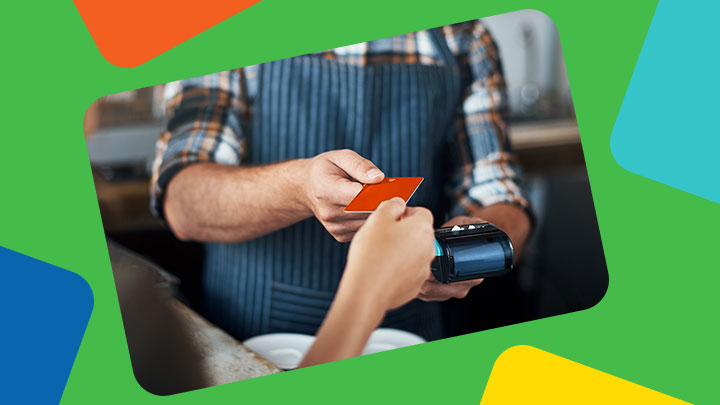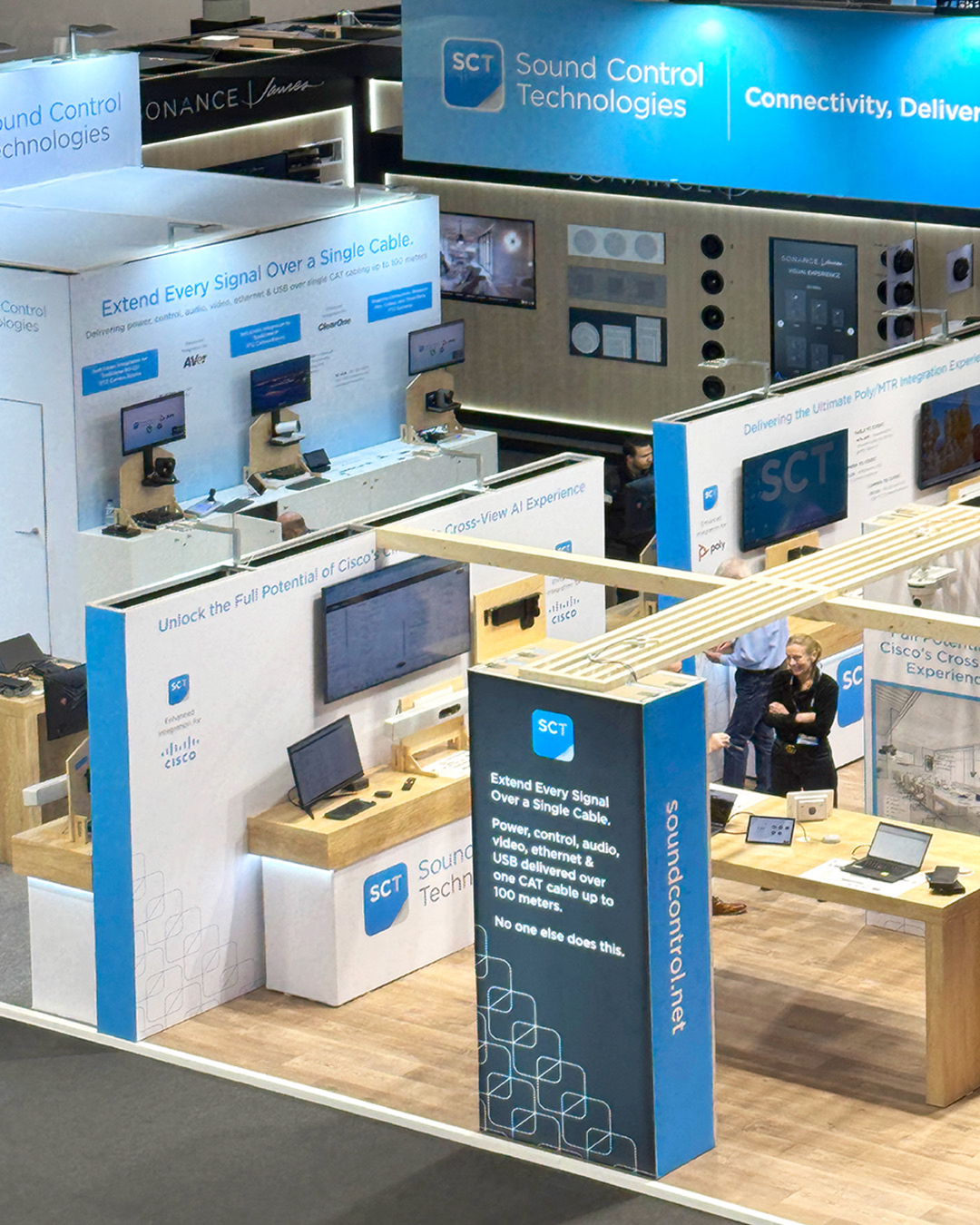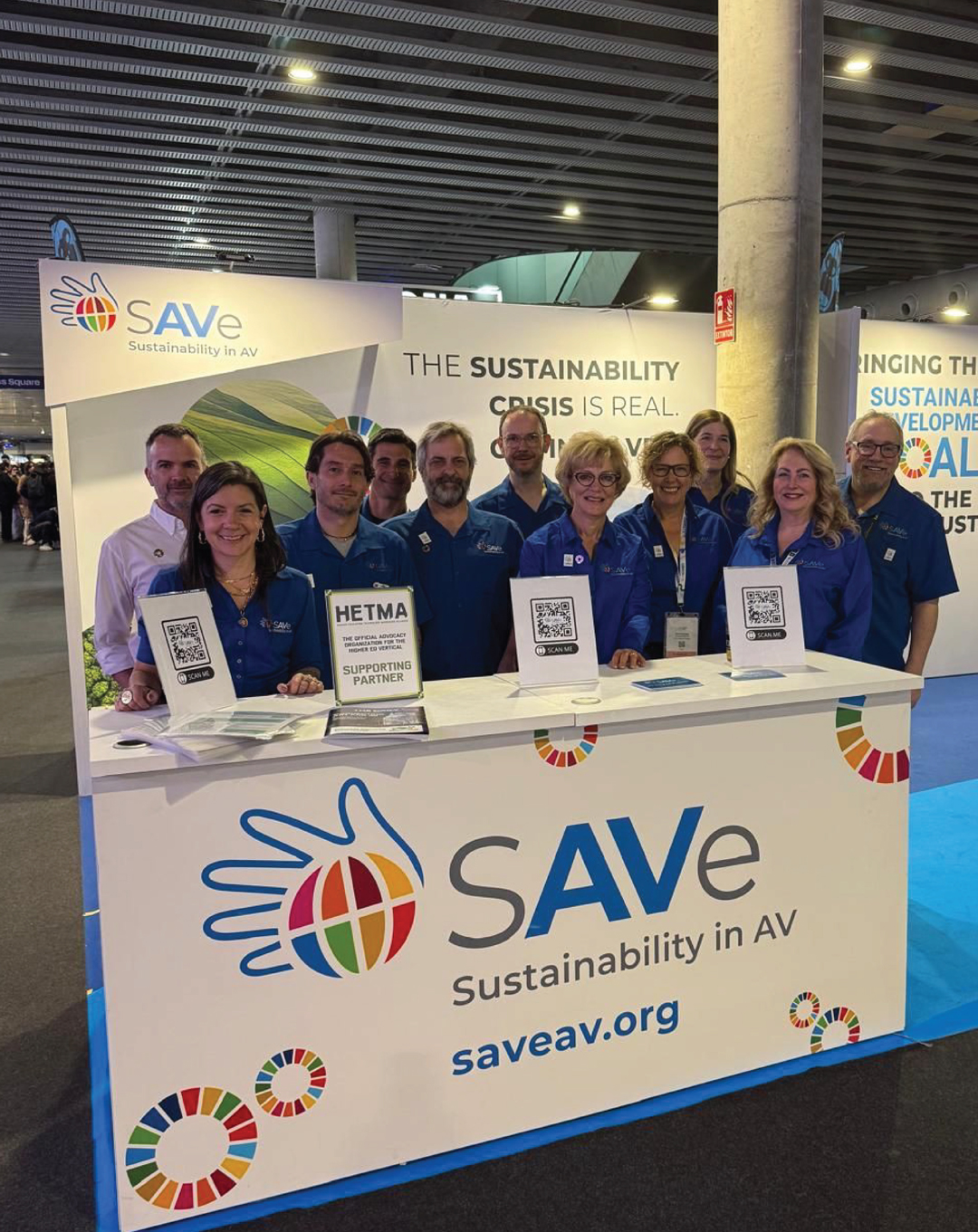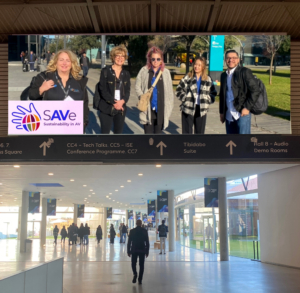How restaurants load up the value of gift card programs
Supervox Agency September 28, 2018

Tree trimming. Santa visits. Gift card sales. Some things are holiday perennials.
In fact, for restaurants, holiday gift card sales are stronger than ever – and gift cards are increasingly driving sales throughout the rest of the year, too.
It’s no surprise, then, that every restaurant seems to offer them. What’s really interesting to us is how the industry’s smartest players maximize the potential of their gift card programs.
Like everything else in our technologically driven marketing landscape, gift cards have evolved with time. It wasn’t so long ago that restaurants were selling gift certificates. In the new millennium, they were supplanted by plastic, and today an ever-increasing percentage of sales are claimed by e-gift cards.
But the principal behind gift card sales remains the same. They’re a convenience to give, a delight to receive, and smart as hell to sell.
FREE MONEY – AND SO MUCH MORE.
Gift cards, at their most basic level, are an interest-free loan for a restaurant. The operator essentially tells the purchaser, “Give me money now, and I’ll pay you back later.” Moreover, many gift card users spend significantly more than they would have spent otherwise – up to 40% more.* Many people, in fact, treat a gift card as a license to splurge. “Instead of getting the $40 bottle of wine, they’ll go for $100 bottle. Instead of heading right to an entrée, they’ll add a round of appetizers,” says Kip Clayton, Vice President of Marketing for Parasole Restaurant Holdings. Gift card use also correlates to increased dining frequency, and gift card promotional tie-ins can be powerfully effective in solidifying your connection to customers by driving newsletter and email subscriptions.
Then there’s the fact that not every gift card “loan” gets called in. This is the phenomenon known as “breakage,” referring to the percentage of gift cards that are never – or only partially – redeemed (probably because they’re lost or forgotten).
If you’ve ever wondered why so many holiday gift card programs are deemed successful even when they bonus $20 on a $100 gift card purchase, that’s a big part of the answer.
Yet for the savviest restaurateurs, redemption is a good thing. Why? Because a high percentage of users are first-time visitors – people the restaurant hadn’t been able to attract through other marketing means.
A NEW BUSINESS ENGINE.
“Most gift card purchasers are regular guests, but they’re giving those cards to a lot of non-customers,” says Stephen Loftis, Vice President of Marketing for Charlotte-based Firebirds Wood Fired Grill restaurants. Think about it: They’re buying the cards because they love the concept and want to share it with others. That gift card is an endorsement of Firebirds. It says, “I’m not just recommending the restaurant to you. I’m going to foot the bill for you.”
That’s a pretty powerful way to get people in the door.
Not only that, gift cards are tremendously effective when used in a wide range of promotional campaigns, and they’re a smart tool for remediating disputes with guests, as they give the restaurant a chance to win back an unsatisfied customer on their return visit.
SIMPLIFY, STRENGTHEN & TARGET.
So how do smart operators reap all the benefits of a gift card program?
For one thing: “Make the buying process simple and easy,” says Loftis. “We’ve really enhanced the whole purchase funnel to improve the buying experience online and at our stores.”
For Firebirds, that means selling both electronic and plastic gift cards, in a variety of designs to suit the occasion and the style preferences of giver and receiver. It’s also essential, says Loftis, to have a rock-solid sales and fulfillment process. “You need a good technology partner. We use CashStar and have had a great experience.”
While CashStar and the dozen or so other gift card partners that service restaurants strive to make the process as turnkey as possible, the success of a gift card program ultimately depends on strategy – particularly in regard to the handling of gift card bonuses. “You can offer $10 on a $50 purchase, $20 on $100, or some other offer. There are a number of ways to skin it,” says Loftis. “How you handle the bonus is important not just because it offers more buying power for the purchaser, but it creates a pass-along factor that enables other gift giving.”
The pass-along phenomenon can spike guest counts – including visits from first-timers. You might buy $50 or $100 gift cards for friends or colleagues, for example, then give your $10 or $20 bonus cards to others, creating a multiplying effect for the restaurant.
While gift cards typically have no expiration dates or blackout periods, the same rules don’t always apply to bonus cards. By specifying when they can be used, restaurants can align them with larger strategies. For example, limiting availability to January and February, which are typically slower periods for restaurants.
FROM SPECIAL OCCASIONS TO EVERY OCCASION.
Restaurants have also made great strides in turning their gift card programs into a year-round sales generator. While the lion’s share of sales take place during the Q4 holiday season, operators like Parasole and Firebirds have charted significant sales increases from marketing gift cards as Mother’s Day gifts in the spring; graduation, Father’s Day and wedding gifts in the summer; and back-to-school perks for teachers and students in the fall.
Moreover, a wide variety of card designs helps tailor gift cards to any number of other occasions and groups. Do your guests want to say thanks? They can do it with a card. Honor a veteran? A restaurant with a comprehensive program will likely have a card to express the sentiment. And what better way to commemorate an anniversary than with a gift card themed for that milestone event?
Still, the holiday season dwarfs all other gift-giving occasions – perhaps because gift cards have never been easier to give, and are always well-received. Indeed, for 11 years running they’ve been the number-one most requested gift during the Q4 holiday season.** Leveraging their popularity, savvy operators like Parasole and Firebirds continually refine the ways they market them. Email, in particular, has been a boon for both companies, and increasingly social media posts, paid social, and search get similar traction. “When we send out a communication, we see instant results,” says Loftis. Echoes Clayton: “It’s cause and effect. It’s like magic.”
Building a restaurant brand? We have the perfect tool for you.
Creating a restaurant brand? Download our tool for building it.
Both are wary of deluging guests with sales messages and they monitor unsubscribe rates and the occasional complaint call accordingly, but several years into their digital holiday campaigns, they have yet to see significant pushback from customers. “By all measures, the public is more receptive than ever – especially if there’s an offer and a timeframe attached, with a sense of urgency,” says Clayton.
He hastens to add a significant caveat, however: “If people take us up on the offer, we absolutely cannot screw it up. Many holiday orders come in as time is winding down, and we have to be equipped to manage the rush.”
SEIZING EVERY OPPORTUNITY.
While email is more important than ever, smart operators seize every opportunity to make the sale. That includes tailoring your website to spur gift card purchases, and tying in with reservation services such as OpenTable. Table tents, check presenters, TV screens, banners, posters on easels, clings on doors…all these can help get the message out. Many gift card purchasers still prefer to transact over the phone, and will even track down the corporate office number to make purchases, so it’s important to train staff to capture those sales opportunities as well.
Since a huge percentage of holiday gift card sales is generated at the store level, the restaurants not only train staff to sell cards, but incent them. “We create competitions within and among our restaurants, and offer serious rewards to top sellers in the form of cash and prizes, including trips worth thousands of dollars,” says Clayton.
AVENUES FOR GROWTH.
For companies like Firebirds and Parasole, which have developed well-oiled gift card programs, plenty of growth opportunities still remain. “About a year-and-a-half ago, we turned our attention to the B2B bulk side of the business, and this has been a strong growth area,” says Loftis. Enabled by technology, Firebirds can accommodate large orders of cards, in a variety of denominations. “We offer tiered discounts on bulk purchases. Cards can be sent, scheduled to be sent, or held for later. You can mix e-cards and plastic ones. The possibilities are endless.”
So are the growth opportunities. “Businesses use gift cards to reward and incent employees, and they’re also great gifts for customers and clients. They have appeal at all levels of the organization,” adds Loftis. “The challenge for the operator is to get the message out and establish those accounts, but we see this side of our business growing significantly.”
REMEMBER: THIS IS THE SERVICE INDUSTRY.
Whether servicing a corporate account or facilitating the purchase for a single consumer, service counts in the gift card realm as much as it does in the dining room. “It’s important to make the process of buying, receiving and using gift cards as easy as possible,” adds Clayton. “We make every effort to run a program with very few strings attached. And while we want online purchases to be reliably simple every time, we also take a high-touch approach to our repeat customers and big spenders.”
Like every other aspect of the restaurant industry, an effective gift card program successfully meshes high touch with high technology. Restaurants that offer great service already have the culture to deliver on the promise of gift cards. And these days, the technology is accessible to all. “There isn’t a lot of expense relative to the benefits of a gift card program,” says Loftis. “Setup is relatively uncomplicated, and running a program isn’t terribly difficult.”
* The Future of Gift Cards. “2016 Prepaid Consumer Insights Study,” First Data, October 2016
** NAPCO Research “Consumer vs. Retailer Promotional Preferences,” Jan. 2017




